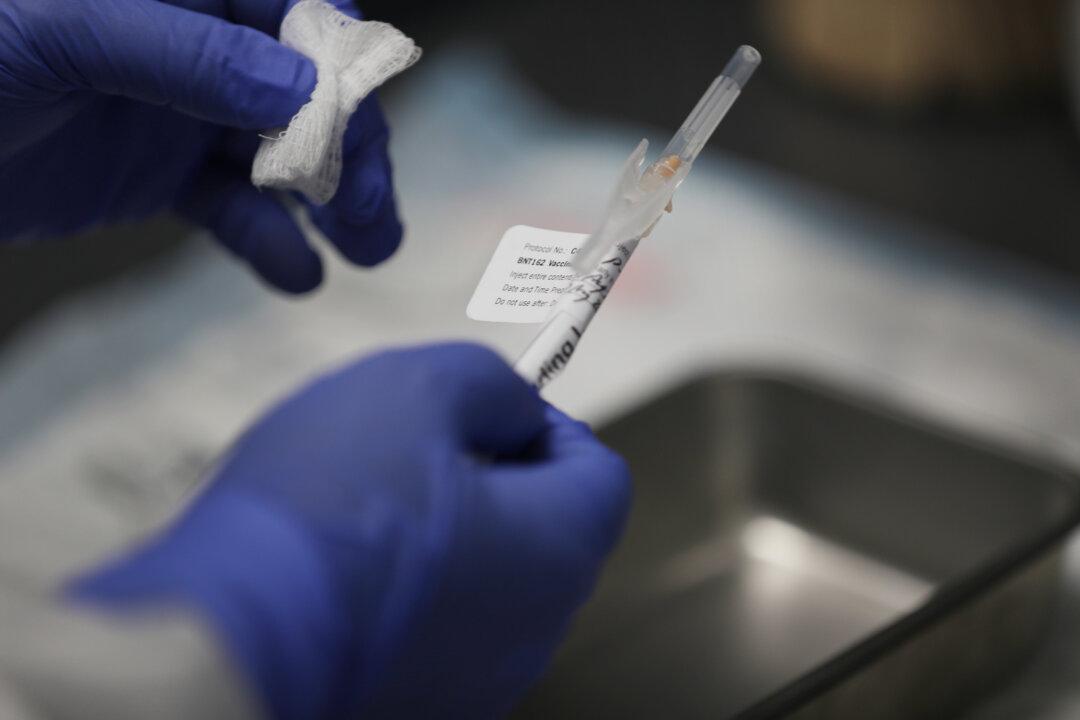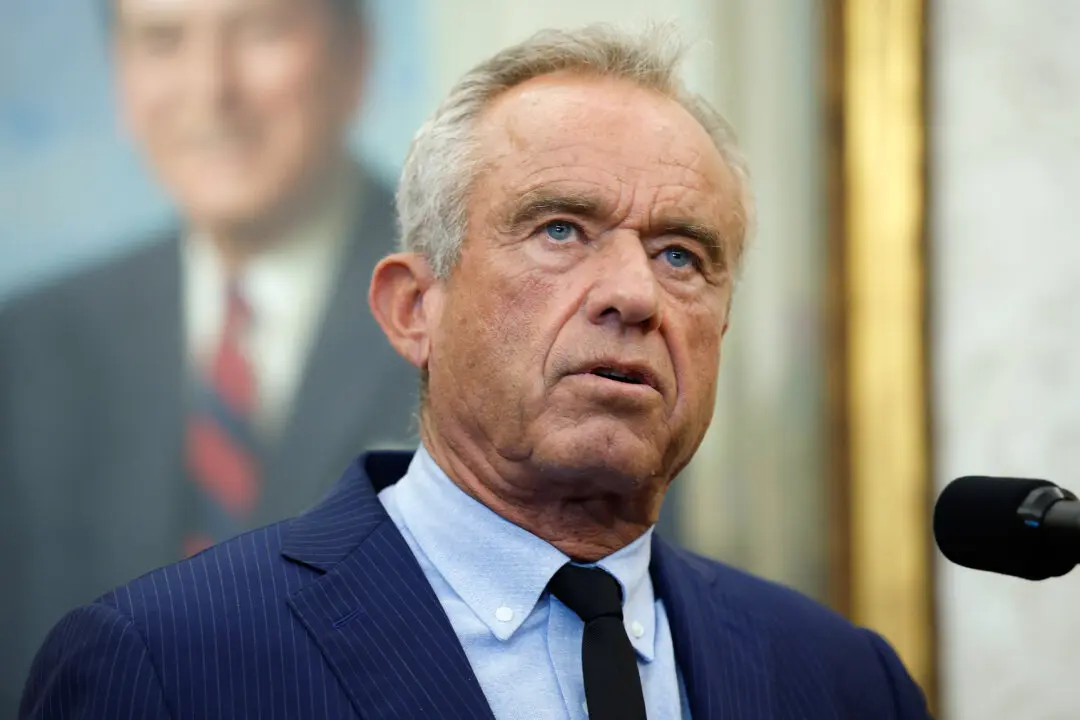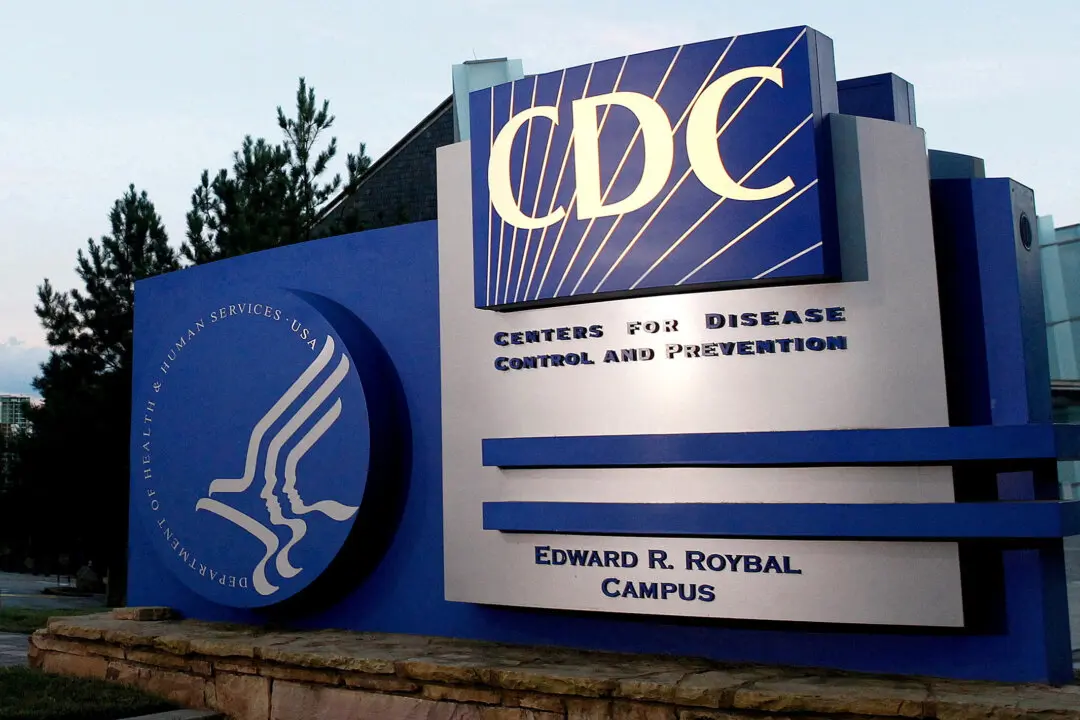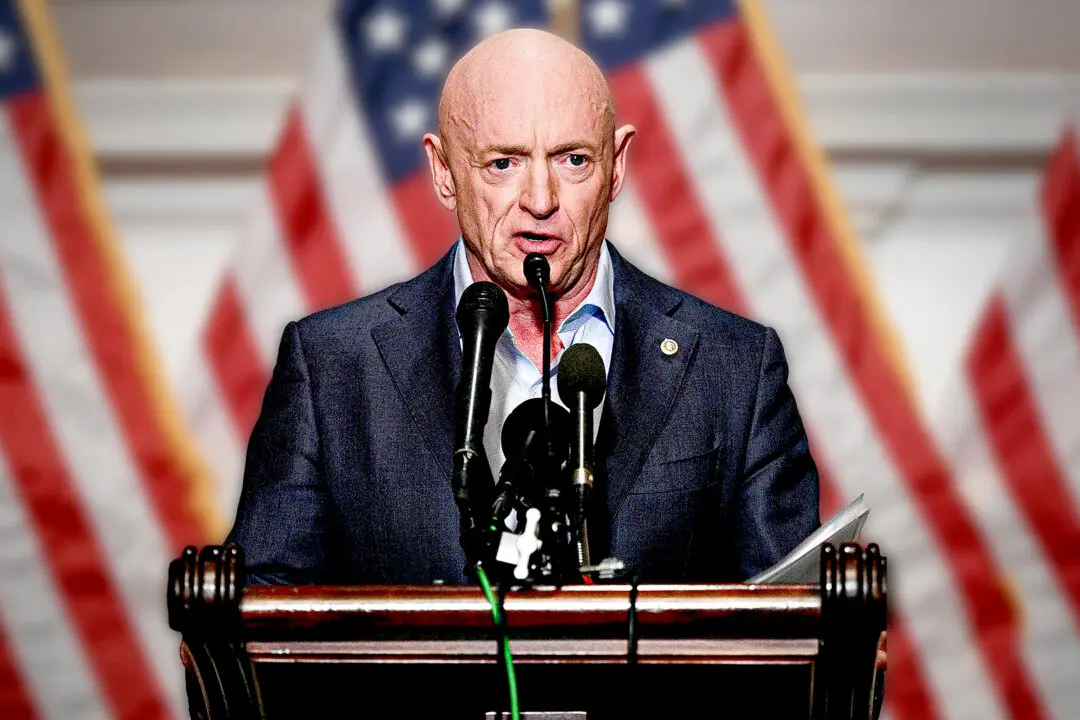A hundred million doses of the CCP (Chinese Communist Party) virus vaccine could be ready to distribute as early as October, White House Chief of Staff Mark Meadows said Sept. 17.
Meadows said the Trump administration’s goal is to have 100 million doses in an initial tranche, which would primarily go to individuals most at risk of contracting the virus.





